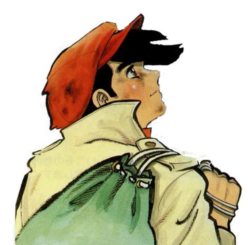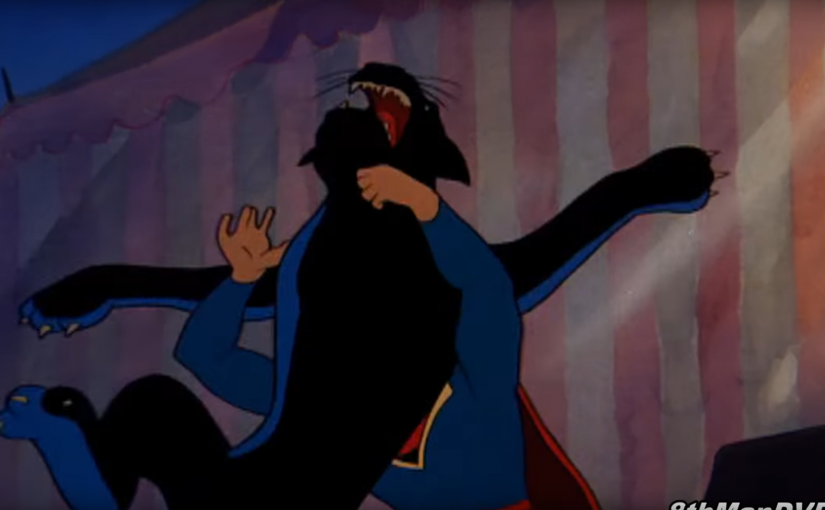Yesterday’s Joe is back from yesterday to today, sharing some of his favourite cartoons from the Golden Age of Animation. In this post I’m going to take a look at the works of the Fleischer brothers for Fleischer Studios and Famous Studios. I selected cartoons from the era post-Snow-White: from 1937-1949. As always, lots of videos and pictures.
Fleischer Studios
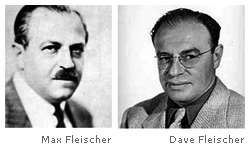
What the hell is a Fleischer brother you ask? Well, Dave and Max Fleischer produced series of animated cartoons during the Golden Age of Animation. They had a more improvisatory art style, occasionally surreal and often more mature than let’s their rivals at Disney. At this point in time Fleischer Studios had had a peak of success and was producing four series. But they were having some trouble wih a Labor Strike following rapid expansion. The Screen Songs were canceled in 1938. Betty Boop ,continued only until 1939, but Popeye was in high demand and lasted until 1957. Up to 1941, the Color Classics still provided a playground for the animation techniques Fleischer Studios specialized in. The Fleischers also produced a couple more two-reel specials, one for Popeye ( Aladdin and His Wonderful Lamp, a bit more Disney-esque in terms of plot, and two others in the 40s. FOTO
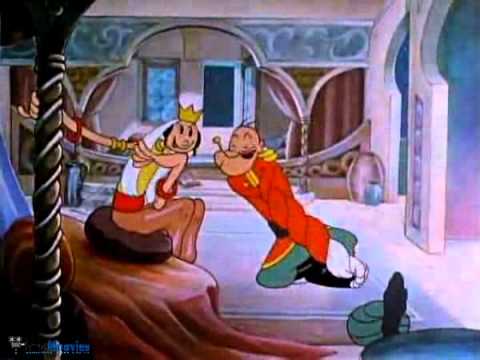
FEATURE LENGTH NO.2: Gulliver’s Travels, 1939
The first feature-length film directed by Dave Fleischer. He had wanted to do one since 1934, but it was only until Disney’s Snow White came out that Paramount gave the okay. Due to the relocation of the studio, the film had a rushed schedule and didn’t achieve the quality Fleischer envisioned. Several new animators had to be quickly trained to be able to make it and rotoscoping was used for some of the characters, including the giant. Apparently Walt Disney himself has criticized it for not having the same level of refinedness.
For a modern viewer, watching Gulliver’s Travels is a chore, even when viewing it side by side with its contemporaries. The movie starts well enough, with great music (received two Academy Award nominations for this) and promising signs of ambition in the animation. Unfortunately, most of the characters are a bit unappealing, both in design and behavior. There’s barely any relatable characters to be found. The best aspects of the movie are the grand shots, backgrounds, the design of the town and the townsfolk rushing about and working on the giant. But the quality drops the further you get into the film.
As I’ve said numerous times in earlier posts, I don’t like rotoscoping, I think it defeats the purpose of characterization in animation, although Snow White was “guilty” of this too. But if you’ll allow me to be especially negative, it looks more awful and alienating here on the giant, than anywhere else I’ve seen so far, and the giant should’ve been the movie’s biggest attraction. Despite all its flaws, Gulliver’s Travels became a huge box office success, most likely due to a combination of riding on Snow White’s wave and being at least some kind of entertaining.
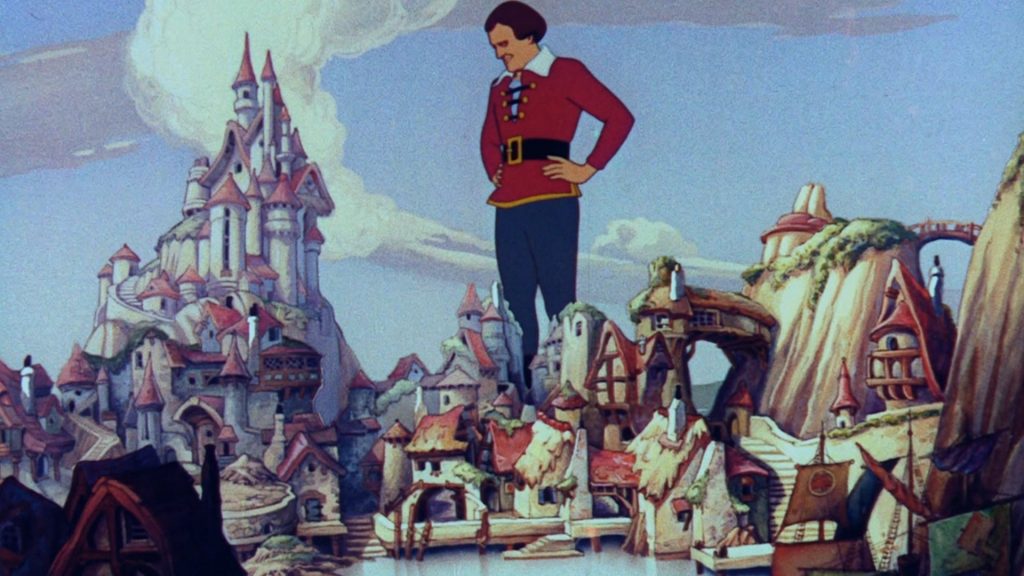
I’ll be fair the movie is a great accomplishment for Fleischer Studios, looks beautiful at times, sounds good most of the time and the story is still a classic. Too bad they were restricted in time and budget. You can sense they didn’t manage to put their heart into neither the animation, the story or the characters this way. Which is the biggest difference with Snow White I’d say, where every act was carefully plotted, every character was memorable and every emotional moment was a winner.
Famous Studios
In spite of earning plenty of money on Gulliver’s Travels, the studio was penalized by Paramount for going over budget. The Fleischer brothers had some personal difficulties and the studio was in need of new products. There were some failed series like Stone Age Cartoons, Gabby and Animated Antics. The Superman series was a huge hit, but came too late. The Fleischers had to resign. In 1942, Paramount formed a new company as a successor: Famous Studios, continuing the Popeye and Superman series and adding new series such as Little Lulu (1943-1948)and Noveltoons (1943-1967). But lets take a look at Superman first.

Superman, 1941
Superman was one of the most lavishly budgeted cartoon series of this era. Minimal rotoscoping was used. The characters had realistic human bodies and movements, with a minor rubbery quality to them. The directing was pure class: atmosphere, creative use of shadows, shots from a downward or upward perspective (I have no idea what the terminology is, you know, camerastuff),… It looks a bit anime-ish actually, and had an unmistakeably heavy influence on Batman: the animated series. During my chronological research, I had about buried my hopes for the Fleischers catching up on the rest. But Superman is an amazingly mature and innovative series and the highpoint of creativity for Fleischer Studios. It’s completely different from anything else animation audiences had seen. Even watching this shortly after Pinocchio and Fantasia, it still manages to impress me. And it’s as good now as it was then. The first episode gets a Hidden Gem rating.
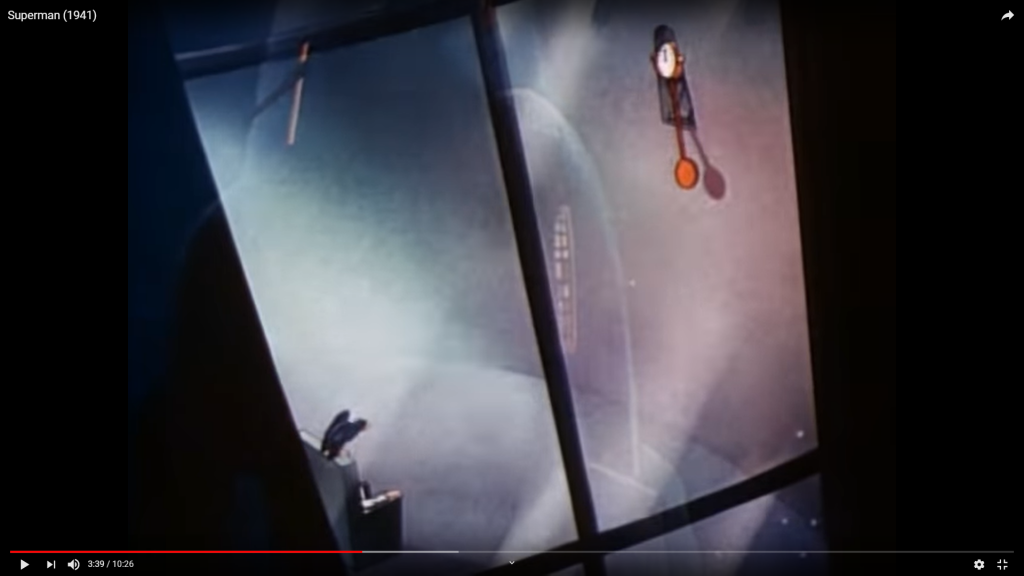
The story of how the Superman series came to be is an ironic one. The Fleischer brothers were working on their second full-length movie, and didn’t want to get into another major project. So, to get out of it but to avoid seeming reluctant, they asked for the exorbitantly high budget of 100.000 dollars per episode. Instead of turning them down, Paramount entered negotiations with them, and the budget was lowered to 50.000 per episode. So the Fleischers had to make them anyway, and with more money than they knew what to do with. Trivia: these cartoons are responsible for giving Superman the power of flying, instead of just leaping.
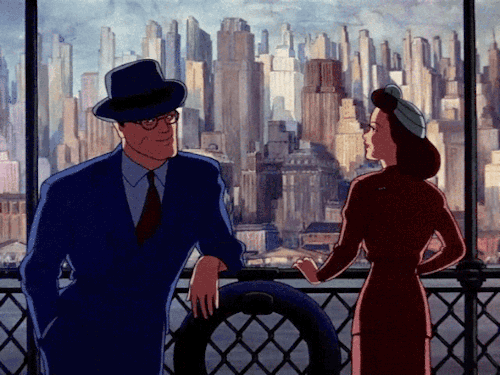
Superman – The Mechanical Monsters, 1941
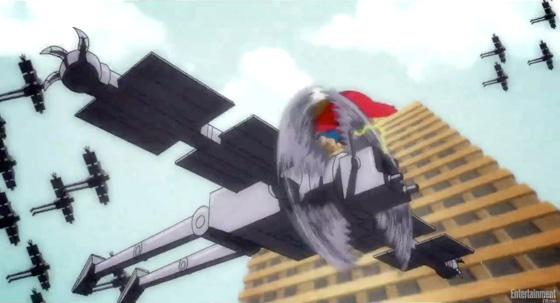
The robot robbery scene was echoed in the last episode of Lupin III pt. 2, by Hayao Miyazaki. Miyazaki also used the robot design again in Castle in the Sky. The shadow of an airplane turning into a bipedal robot is one of my favorite moments. Oh man, I’m getting a bit excited here. This series is amazing. Episode 2 is my personal favorite. There’s less reliance on creative camerawork, much more elaborate action sequences and incredible effects animation. I wanted to choose between episode 1 and 2, but they both get the Hidden Gem rating.
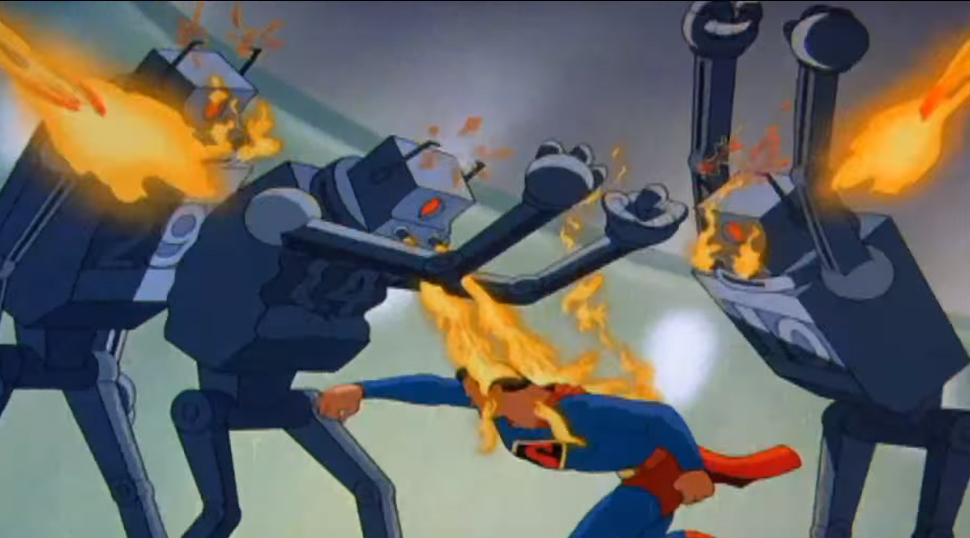
Feature Length no.2: Mr. Bug Goes to Town, 1941
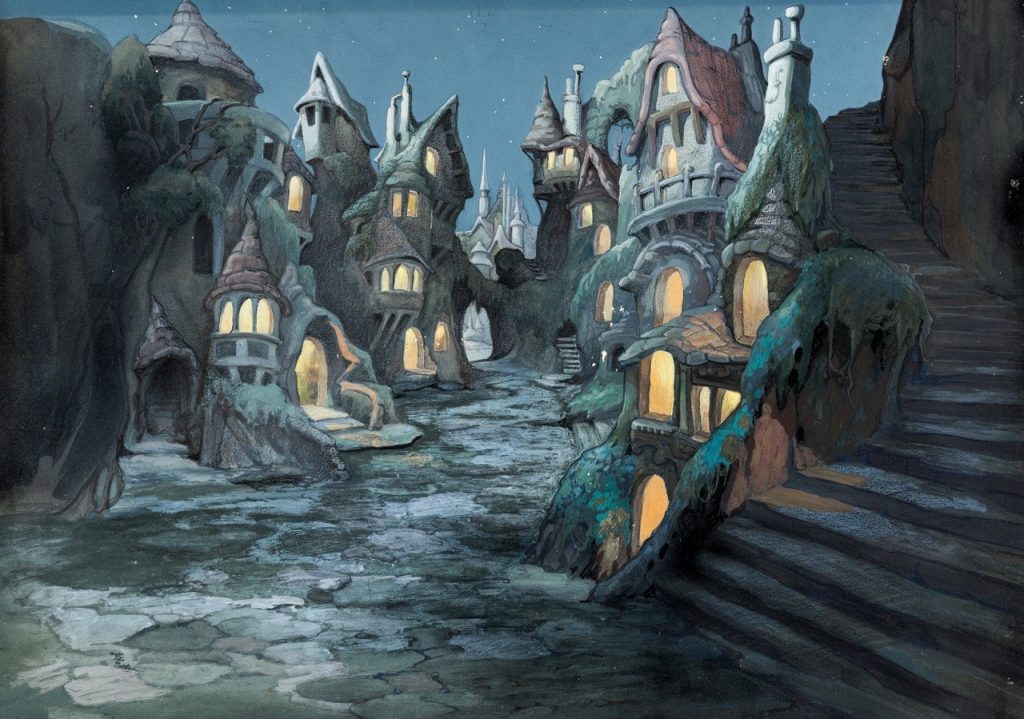
Gulliver’s Travels was a great financial success, so Paramount ordered another feature. It also features a large cast of characters, complicated crowd scenes and contrasted big and tiny characters. The problem in my eyes, is that the film lacks leading characters. The situation and the environment drive the plot. The film also encountered some problems during production and release. During the film the brothers had serious personal issues regarding each other and communicated via internal memo’s only. Because of rejection by theatres and the attack on Pearl Harbor, Mr. Bug Goes to Town was a financial disaster. Other producers like Lantz, Terry and Schlesinger all considered feature films, but eventually passed on the idea because of the initial failure of the Disney movies and this second Fleischer movie.
It’s hard to find stand-out moments, there’s rarely any grand shots of the scenery or noticeable experimentation going on. This might be the coolest scene in terms of animation.
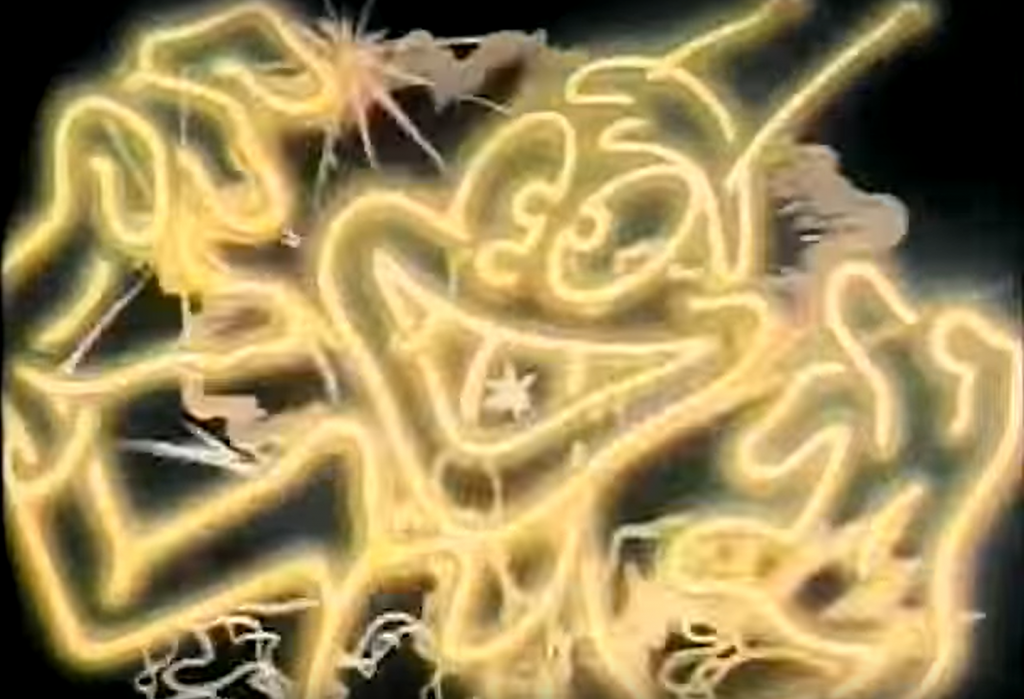
Going back to the Superman cartoons, production already stopped in 1943. I’ll share some more of my favorites with you:
Superman – Electric Earthquake, 1942
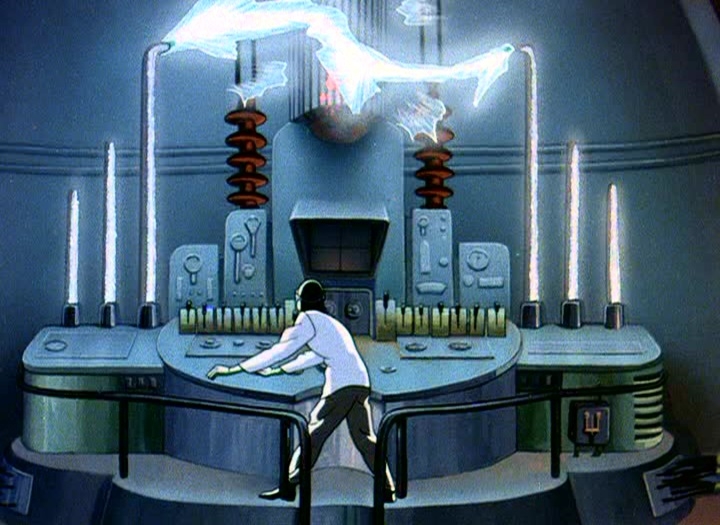
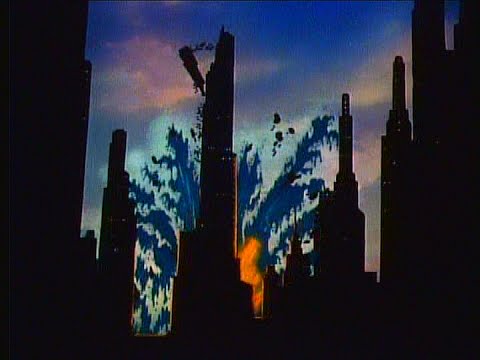
Superman – Terror on the Midway, 1942
Look at all those shadows! There’s a constant sense of impending doom.
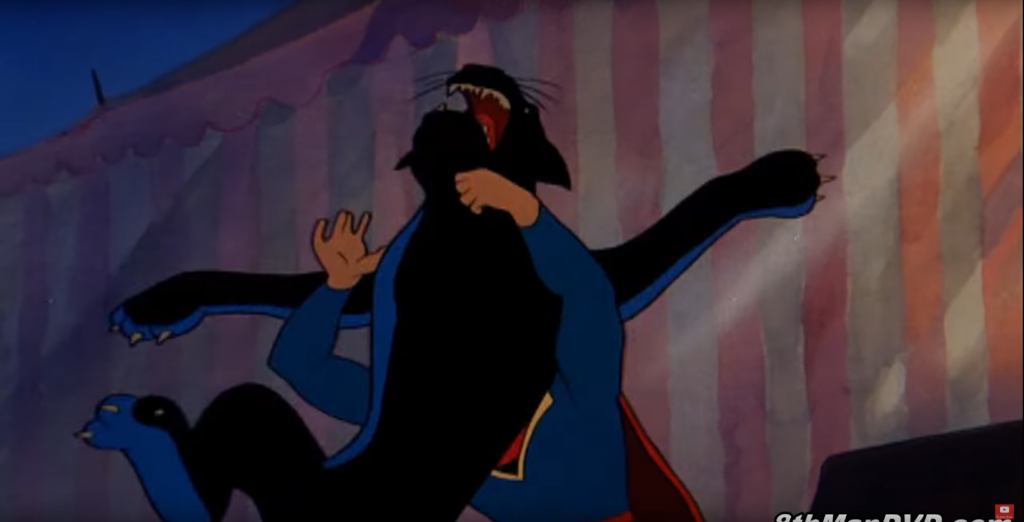
Famous Studios
When the Fleischers were fired, the Superman series took an enormous plunge in quality, despite having the same budget. Interest waned and the studio, renamed Famous Studios, didn’t have the money to keep the series going. It was replaced bij Little Lulu which, yea, was cute, but not quite the same. There’s some early days Fleischer Studios insanity in the first one, though (Egg Don’t Bounce) Character designs are crude, but have an endearing quality. And it was rare to have a female main character in cartoons. Little Lulu can be pretty good, but doesn’t have all that much going on visually. It was produced until 1948.
The Noveltoons series also started production. These cartoons ran until the end of the studio in 1967. These were random, amusing but old-fashioned shorts in the line of the Silly Symphonies or Merrie Melodies. The series introduced some famous characters like Casper the Friendly Ghost and Little Audrey.
Noveltoons – Suddenly it’s Spring, 1944
Some dated animation (and some racism), but the colors and backgrounds are nice. They create a very cold and brooding magical atmosphere.
Noveltoons – The Friendly Gost, 1945
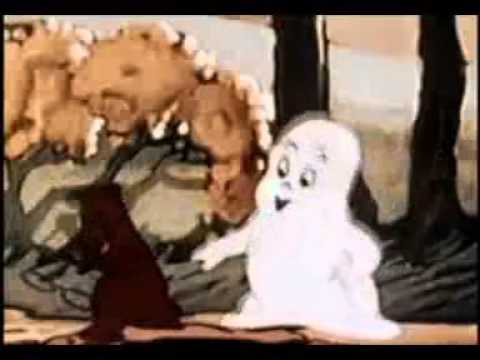
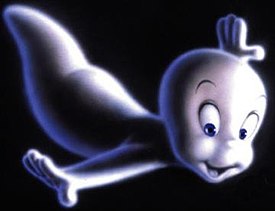
Birth of an unrecognizable Casper the Friendly Ghost. Probably the easiest character to animate in history. A white sheet with eyes, that can just ignore the rules of physics and float through walls. I have to point out how dark this cartoon is though. No-one wants to play with Casper, so he tries to kill himself by laying across train tracks. Of course the train just passes through him, but still, that’s a pretty dark theme for a cute children’s cartoon, let alone to use it as a gag. In the end though, the mother of two nice kids accepts him and is able to pick him up physically. I would cry, but, you know, it’s just a Noveltoon.
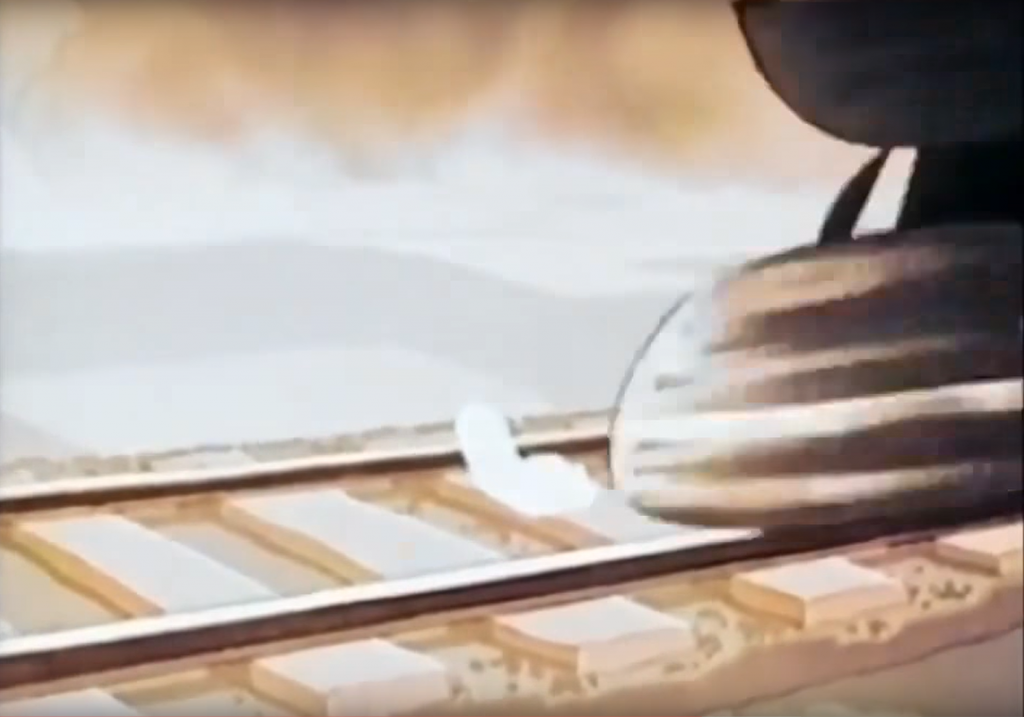
Little Lulu – Beau Ties, 1945
As I said, as far as I know, Lulu is only the second female main character in cartoon history. What’s even more interesting, she’s obviously not just a good little girl, but smart and stubborn. She gets away with doing naughty and boyish things and often initiates battles with them to prove girls are just as good or strong. Lulu wasn’t created out of any kind of feminism though. A girl character gave the original artist material and stunts to work with, that would seem either unsuitable or too predictable for a boy.
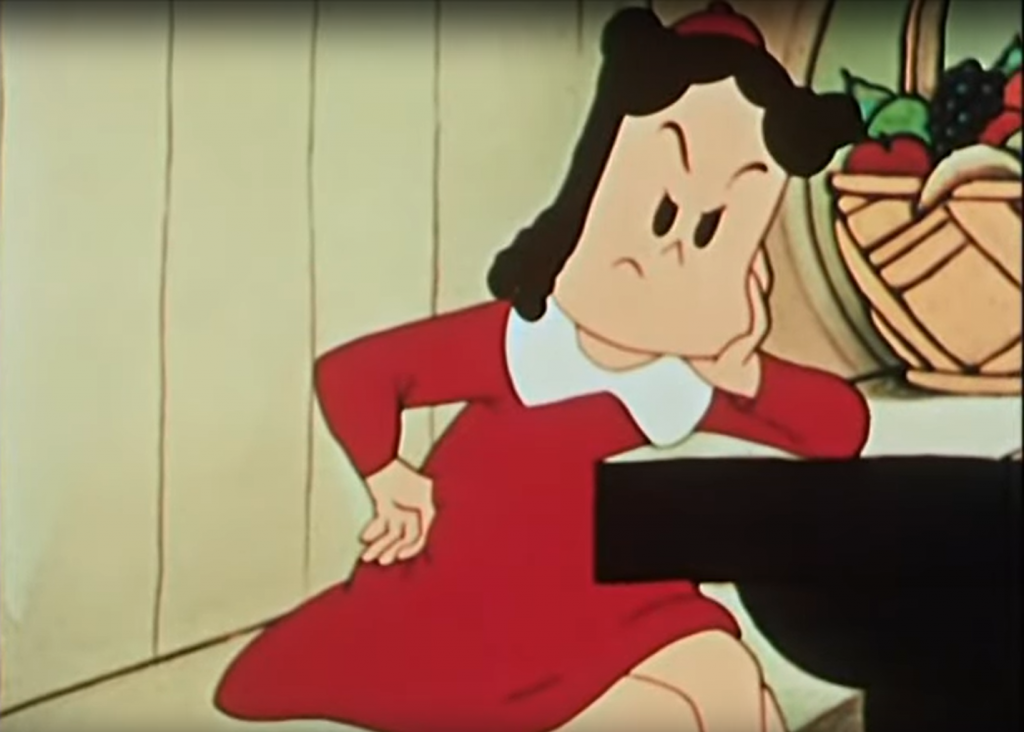
Little Lulu – Bored of Education, 1946
At rare occasions, Famous Studios displayed some signs of ambition in their cartoons. Bill Tytla, former Disney talent, was one of the few directors from these years, actually able to provide the audience with decent to good animation and make you feel sympathy for the characters. Since the Fleischers left the Studio, the animated shorts feel a bit dead, but Tytla’s efforts are promising.
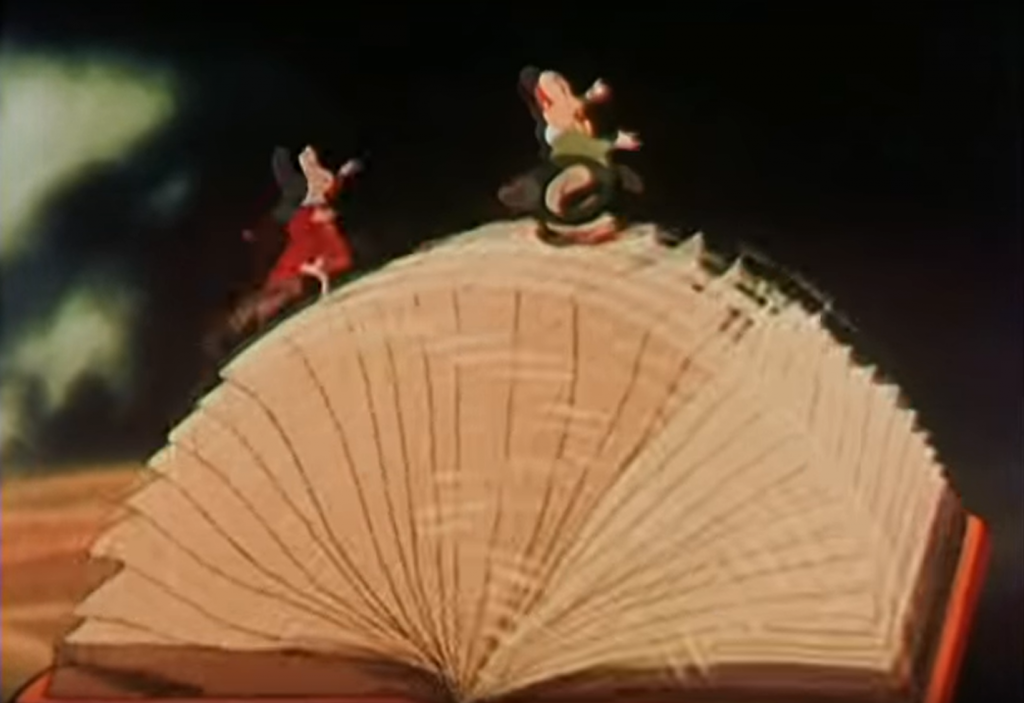
Little Lulu – Musica-Lulu, 1947
Lulu gets tried in front of a jury of, not her peers, but musical instruments, for mistreating her violin. Little Lulu’s cartoons were mainly about her shenanigans but every now and again a Famous Studio short distinguishes itself.
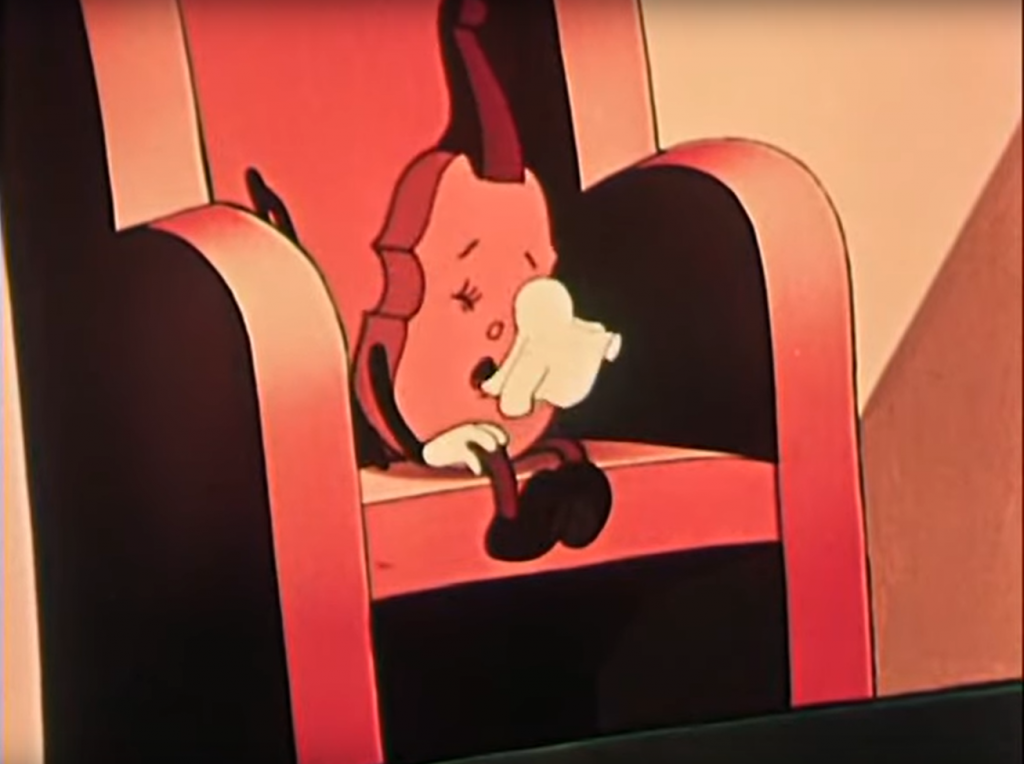
Noveltoons – The Enchanted Square, 1947
The Enchanted Square has a visual style I can only describe as modestly lavish. It’s a charming and touching cartoon starring Raggedy Ann helping a blind girl to see with her heart. D’aww… Small scaled but atmospheric and emotional cartoons might be the way for Famous Studios to put itself back on the map.
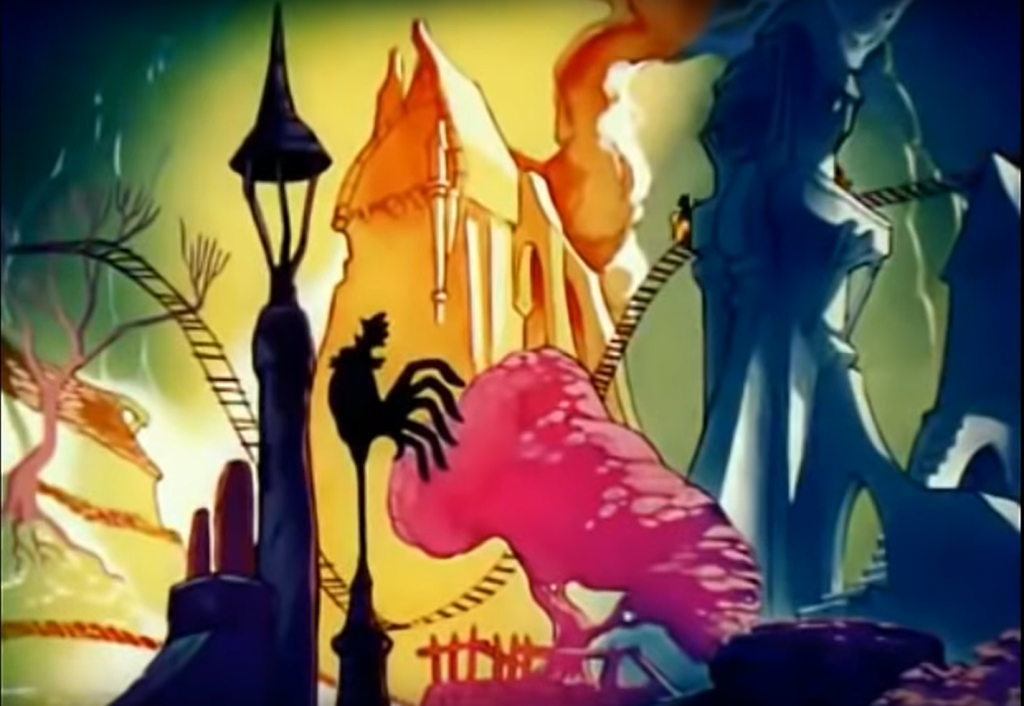
Noveltoons – There’s Good Boos Tonight, 1948
First actual Casper the Friendly Ghost cartoon. This lonely white blot really knows how to hit you in the feels. Casper doesn’t feel like scaring people with the other ghosts, and tries to find a friend somewhere else. Of course, everyone is too afraid of him, except for a cute little fox. Just to step on your heart and destroy your childhood and faith in mankind, the writers have a hunter kills the fox. There’s a twist to end the story positively, you might be able to guess it. It’s still a kind of tragic “all’s well that ends well” ending. A Haunting We Will Go from 1949 has a similar setup.
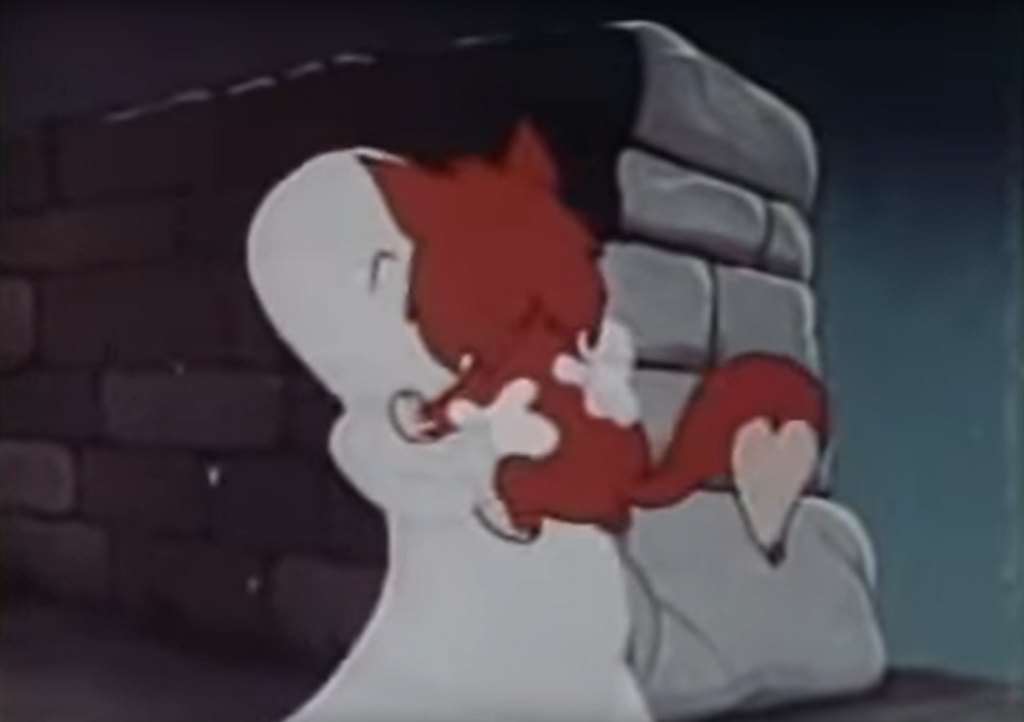
Done for today. Please come back and click things so I can maybe finally get paid for doing this.
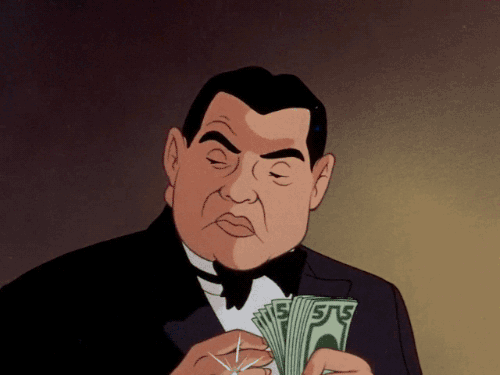
Next up: Mintz / Screen Gems
Previous Posts:
Early stages of animation: 1920-1937 – The rise of cartoons
Disney’s Snow White and the Seven Dwarves (1937) – Golden Age of Animation
Disney’s Pinocchio (1940) – Golden Age of Animation
Disney’s Fantasia (1940) – Golden Age of Animation
Disney’s Dumbo (1941) vs. Bambi (1942) – Golden Age of Animation
Disney Cartoons 1937-1949 – Golden Age of Animation
Warner Bros’ Cartoons 1937-1949 – Golden Age of Animation
Metro-Goldwyn-Mayer cartoons 1937-1949 – Golden Age of Animation
